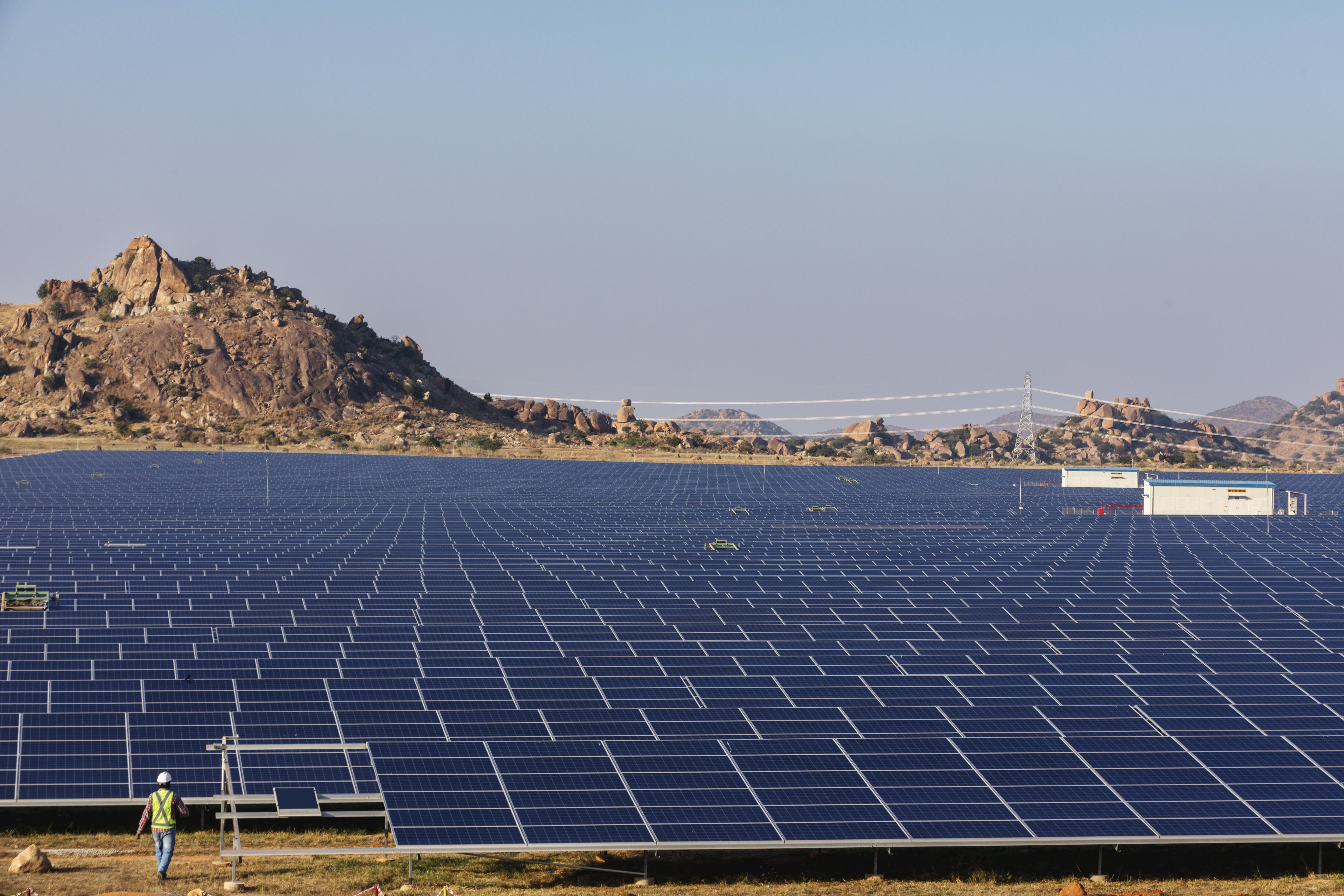Declining costs have been a key driving force behind solar adoption, but in 2021 prices jumped as broad economic challenges — including supply chain constraints — hit the industry.
In some portions of the solar industry, prices rose as much as 18% last year, according to a report released Thursday by the Solar Energy Industries Association and Wood Mackenzie.
It was the first year that prices rose across all three markets — residential, commercial and utility scale — since 2014, when Wood Mackenzie began tracking the data.
In addition to supply chain bottlenecks, trade actions and policy uncertainty also weighed on the sector, the report said.
Still, the solar industry installed a record 23.6 gigawatts of new capacity in 2021, a 19% increase from 2020’s levels. Texas added the most solar during the year, overtaking California for the first time.
On the residential front, installations surged 30% year over year, hitting a new record above 500,000.
The utility side added 17 gigawatts of new capacity, also a record high. But installations were ultimately lower than expected. One third of utility-scale projects that were supposed to be completed during the fourth quarter were delayed by at least one quarter. Additionally, 13% of projects that had been slated for completion this year have been delayed by a year or more, or outright cancelled.
Quarter-over-quarter and year-over-year price increases first began popping up in the second quarter of 2021, and plagued the industry for the remainder of the year.
Analysts say it could get worse before turning a corner.
“The supply chain constraints of the last year will hit 2022 installations the hardest, reducing capacity by 7% compared to 2021,” said Michelle Davis, principal analyst at Wood Mackenzie and lead author of the report. “But our forecasts demonstrate long-term growth will overshadow these short-term challenges, especially if federal clean energy incentives are passed.”
Davis said that if the Investment Tax Credit is passed, installed solar capacity will increase six fold by 2032. The ITC is a key solar subsidy that was included in President Joe Biden’s Build Back Better plan.
On the flip side, the report said that absent policy action, the U.S. will hit just 39% of what’s needed to reach Biden’s 2035 decarbonization goal.
The report comes amid a resurgence in the conversation around energy security following Russia’s war on Ukraine. Opinions differ about the next move — some say oil and gas production needs to be ramped up, while others believe high hydrocarbon prices should accelerate the energy transition. Still others say an all-of-the-above stance needs to be taken in terms of energy sources.
“In the face of global supply uncertainty, we must ramp up clean energy production and eliminate our reliance on hostile nations for our energy needs,” said SEIA CEO and president Abigail Ross Hopper. “Policymakers have the answers right in front of them,” she said, referring to passing the ITC and investing in manufacturing.
“America’s energy independence relies on our ability to deploy solar, and the opportunity before us has never been more obvious or urgent,” she added.
